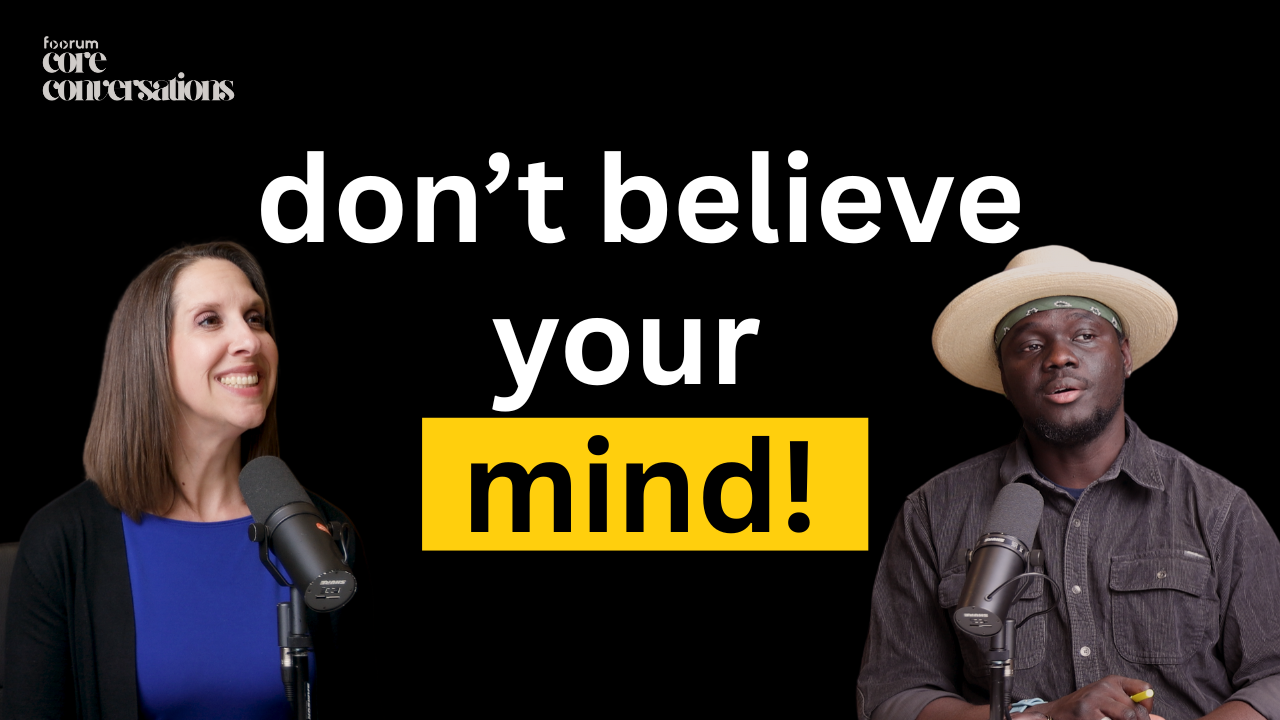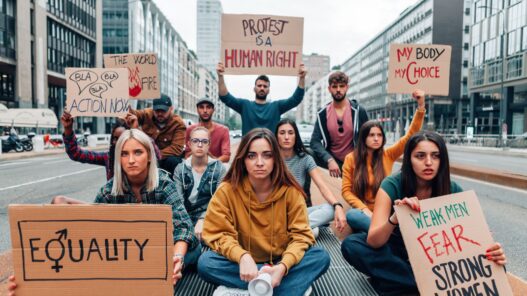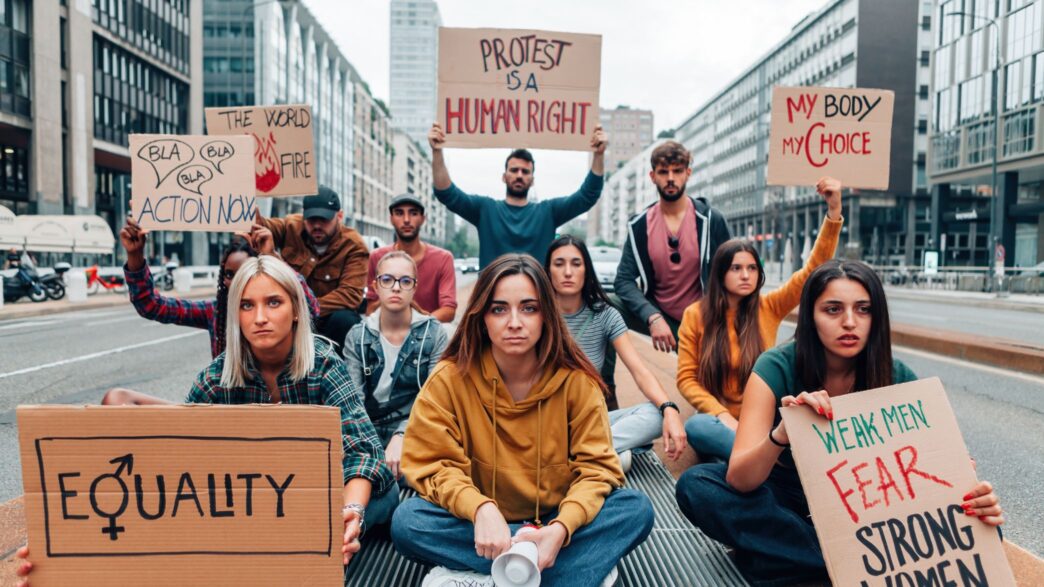The topic of abortion rights is one that has sparked heated debate in the United States for years.
During Donald Trump’s presidency, the country saw major changes that impacted women’s access to abortion services.
Let’s take a closer look at what happened during the Trump era, how things changed, and where the situation stands now.
Trump’s Impact on Abortion Rights
During Trump’s time in office, he made several moves that affected abortion rights across the country.
He worked to appoint conservative judges to the Supreme Court and lower courts, which led to changes in abortion policies.
Trump also reinstated and expanded the “Mexico City Policy”, also known as the “global gag rule,” which blocked federal funding for international organizations that provide or even discuss abortion.
Additionally, Trump supported efforts to defund Planned Parenthood, one of the largest providers of reproductive health services in the U.S.
Many of his policies aimed to limit access to abortion and make it harder for clinics to operate.
The Supreme Court and Roe v. Wade
One of the most significant impacts of Trump’s presidency was the shift in the Supreme Court.
During his time in office, Trump appointed three conservative justices—Neil Gorsuch, Brett Kavanaugh, and Amy Coney Barrett.
This changed the balance of the court, making it more likely to favor restrictions on abortion.
In 2022, the Supreme Court overturned Roe v. Wade, the landmark decision that had protected a woman’s right to choose abortion for nearly 50 years.
This meant that states could decide their own abortion laws, leading to many states placing heavy restrictions or outright bans on abortion services.
State-Level Changes
Since the Supreme Court overturned Roe v. Wade, several states have passed laws that either restrict or ban abortion entirely.
States like Texas, Alabama, and Mississippi have implemented strict abortion bans, making it nearly impossible for women in those states to access the care they need.
On the other hand, some states have taken action to protect abortion rights.
States like California and New York have expanded access to abortion services, making it clear that they intend to keep those rights available to women, regardless of what happens on the national level.
The Ongoing Debate
The debate over abortion rights is far from over. Many people argue that restricting access to abortion takes away a woman’s right to make decisions about her own body.
On the other side, those who are against abortion believe that it is their moral duty to protect the rights of the unborn.
This debate has led to ongoing protests, rallies, and legal battles across the country. The conversation around abortion rights remains one of the most divisive issues in America today.
What Does the Future Hold?
With Trump out of office, the future of abortion rights remains uncertain.
While some states have taken steps to protect abortion access, others have moved in the opposite direction.
The topic will continue to be a key issue in upcoming elections, with both sides fighting for what they believe is right.
For many women, these changes have been deeply personal and have had real-life consequences.
Access to healthcare, including reproductive services, is a major concern for millions of Americans.
As the country moves forward, the fight for abortion rights will likely continue to be a significant issue in politics and daily life.























